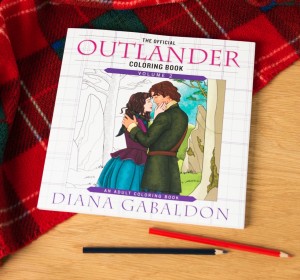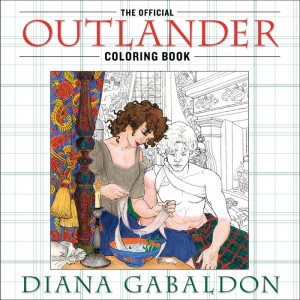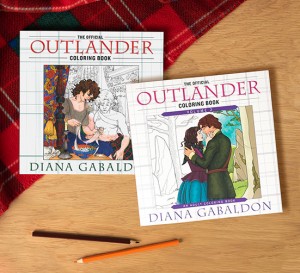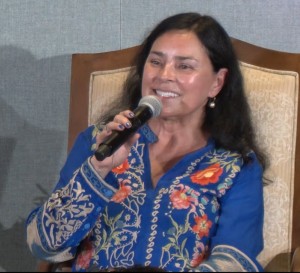CLANLANDS IN NEW ZEALAND Sale! (Signed!)
 Well, here’s a nice offer from The Poisoned Pen…
Well, here’s a nice offer from The Poisoned Pen…
Why not fall in love with New Zealand, home to Graham McTavish? There is many a Scot living there. He and Sam Heughan take you on a tour of this beautiful country. Kilts and Kiwis!
For Valentine’s Day, The Poisoned Pen offers a special: a first edition of CLANLANDS IN NEW ZEALAND: Kiwis, Kilts, and an Adventure Down Under. Signed by Sam, Graham, and (me, Diana ….) at a special price: $15 (USD). A sweetheart deal.
Here’s the description/order page from the store’s website:
Click here to buy CLANLANDS IN NEW ZEALAND from the Poisoned Pen.
You pay the special sale price of the book ($15) plus shipping.
The Pen ships anywhere in the world!
There is no charge for the signatures of Sam, Graham, and myself.
“Sex Toy For An Elephant?”
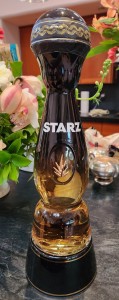 STARZ (and the nice people of whom it is composed) is a generous and imaginative patron of the Arts (that would be me, I suppose, in some small way), and they’re inclined to show their appreciation by sending a nice gift at Christmas.
STARZ (and the nice people of whom it is composed) is a generous and imaginative patron of the Arts (that would be me, I suppose, in some small way), and they’re inclined to show their appreciation by sending a nice gift at Christmas.
For years, they sent me single-malt Scotch for Christmas, which was very welcome. Then a couple of years ago, the Christmas gifts started varying—last year, they sent me a purple silk Grandma-scarf from Saks Fifth Avenue. A lovely object, though I haven’t worn scarves as such for at least fifty years…
Anyway, this year they have returned to form (if one can apply such a term to corporate gifts), and a Very Large columnar box appeared on my kitchen island. My husband opened the door to the box, and said, “It looks like a sex-toy for an elephant.”
Which, to be honest, it kind of -did-…
So I wrote to the head of STARZ (whom I know), thanking him for the lovely present—and in passing, told him what my husband had said about it.
To which he replied, “Well, hello there…. A Happy New Year to you, too! ….so, you didn’t get the baby elephant that goes with…? Hmmm….”
Jeff Woodman Interview By Angela Hinkley
Haha! This is long, but fabulous! (And it’s recorded, so you can pause when you need to go to the bathroom…) Angela Hinkley has done a wonderful interview/montage with Jeff Woodman, the spectacularly good voice actor who does the Lord John books and novellas [for the audio editions]. It begins with a great montage of clips from said books, showing off all (well, most of them…) Jeff’s Most Excellent voices.
Enjoy! (I certainly did!)
https://www.patreon.com/posts/in-conversation-96652735
Description from Queen Bee’s Hive Podcast :
“In Conversation” With Jeff Woodman, Voice of the Lord John Series
What a true joy to welcome narrator, Jeff Woodman, to the Hive to immerse in all of the things we love about the Lord John Series by Diana Gabaldon and to celebrate Jeff’s incredible range of vocal and performing talent. Retired and virtually “off the grid”, Jeff gave us an immense and rare gift of his time and presence on a Sunday afternoon in a first ever live broadcast interview. IT WAS FABULOUS and everyone (including Jeff) had a fantastic time! To celebrate, we packed in several unique surprises.
These posts and news items were also released on my official Facebook page from January 13-17, 2024.
If you like, please share your thoughts about this blog post by submitting a public web comment in the “Leave a Response” form below. Note that due to ever-present robotic web spam clogging up the works, my Webmistress or I have to go through and approve each comment individually to make sure it’s written by a human being. Spam filters don’t catch everything. So it will take time, sometimes a few few minutes, sometimes a few days, for your comment to appear, unlike the immediacy of social media.
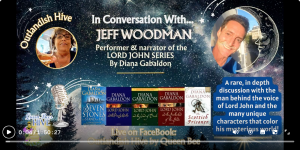

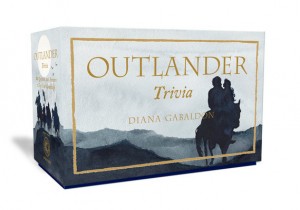
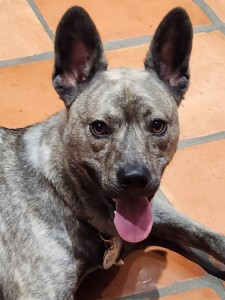
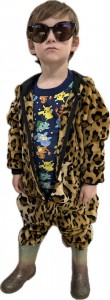
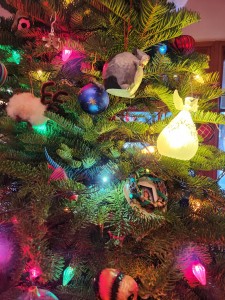 Happy New Year to one and all!
Happy New Year to one and all! It’s just after midnight, which means that it’s Christmas! Merry Christmas to everyone, whether for you it’s a religious celebration, a time of seasonal contemplation and renewal, or just a few days off work!
It’s just after midnight, which means that it’s Christmas! Merry Christmas to everyone, whether for you it’s a religious celebration, a time of seasonal contemplation and renewal, or just a few days off work!

